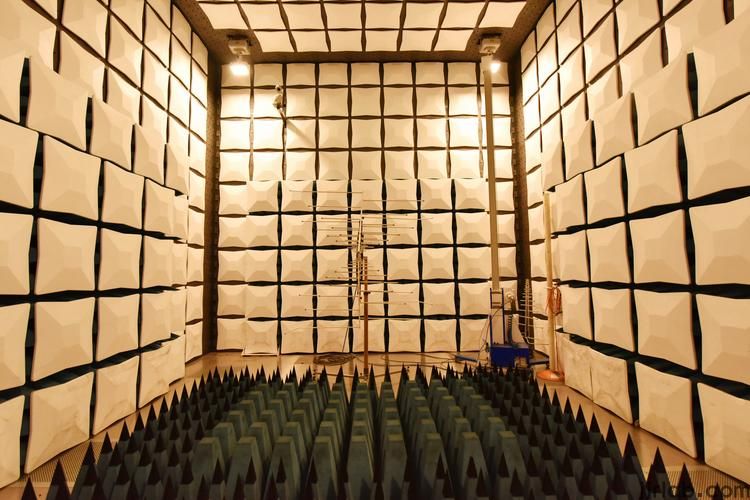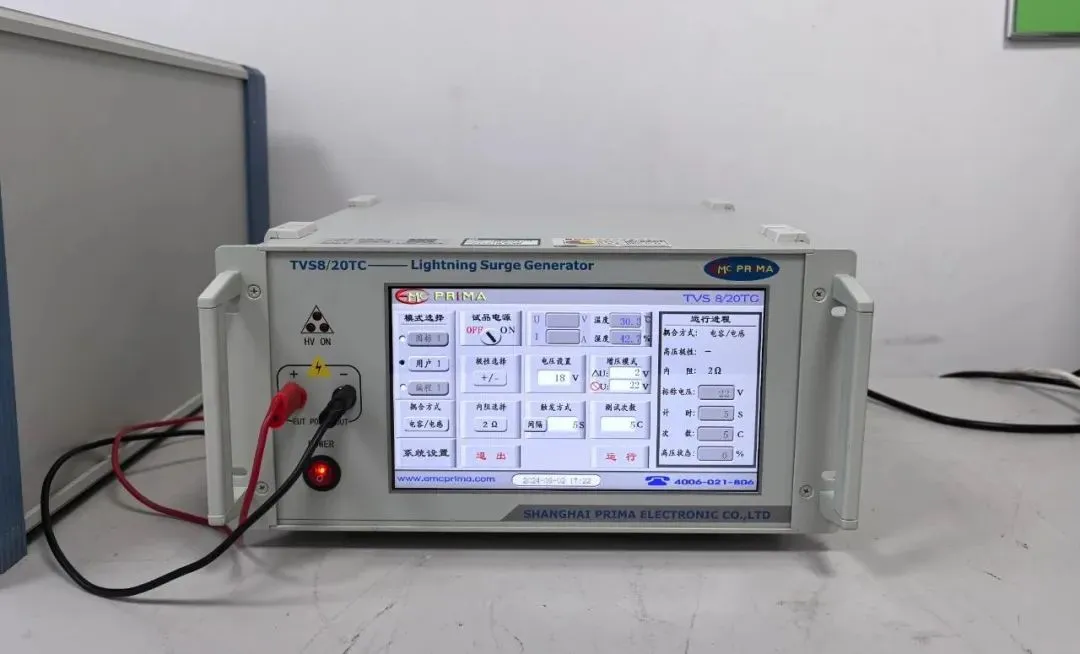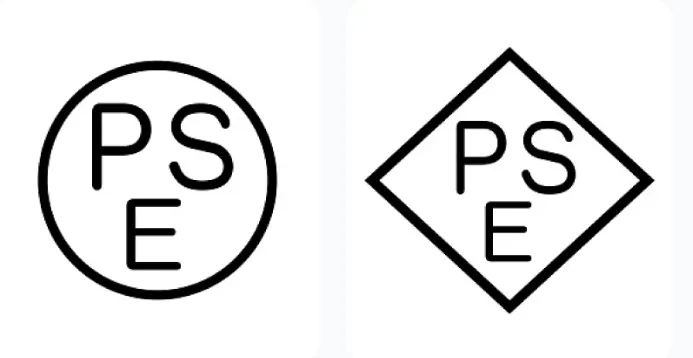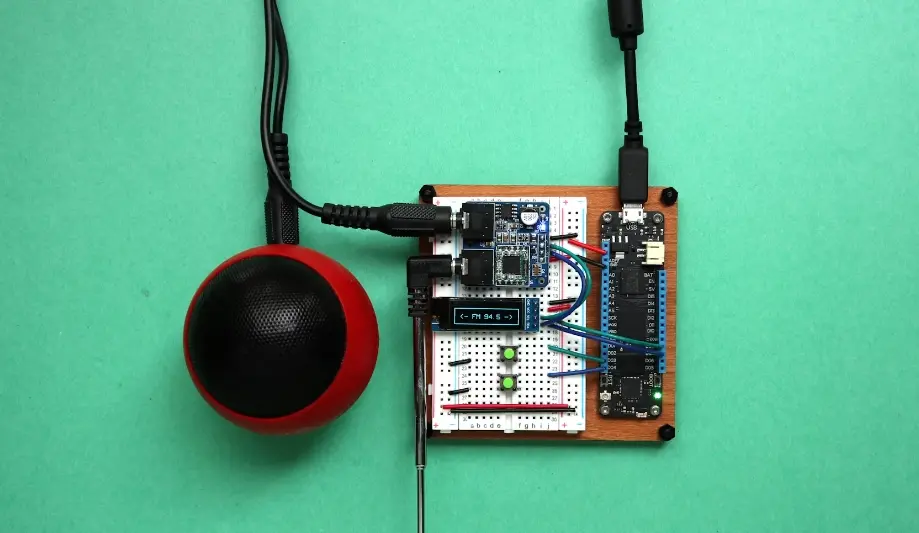
Household Appliance Testing Projects and Standards
Introduction to CE certification Testing for Small Appliances
CE Certification Testing Items:
- Certification content includes:
• Review of technical documentation
• Evaluation of circuit diagrams
• Determination of applicable certification scheme

- Testing content varies by product and relevant directives. Main test categories:
• Electromagnetic Compatibility (EMC):
- Disturbance power
- Radiated disturbance
- Terminal disturbance voltage
- Electrostatic discharge (ESD) immunity
- Radiated immunity
- Conducted immunity, etc.
• low voltage directive (LVD):
- Harmonic current
- Voltage fluctuation and flicker
- Current strength
- Instantaneous voltage, etc.
Relevant EN Testing Standards:
- EN 60335: Safety of household and similar appliances
- EN 55014-1: EMC – Requirements for household appliances – Part 1: Emission
- EN 55014-2: EMC – Requirements – Part 2: Immunity
- en 61000-3-2: Harmonic current emissions limits (≤16A/phase)
- EN 61000-3-3: Voltage fluctuation and flicker limits (≤16A)
- EN 62233:2008: Measurement and evaluation of EMF from household appliances
Common Testing Standards for Household Appliances
To ensure user safety and prevent hazards such as electric shock, fire, radiation, or mechanical injury, household appliances are subject to rigorous testing.
Safety Standards:
- General safety standard: GB 4706.1
- Product-specific safety standards: GB 4706.X series
EMC Standards:
- GB 4343.1-2009: EMC – Emission requirements
- GB 17625.1-2012: EMC – Harmonic current emission limits
Examples of Product-Specific Testing Standards
- GB 4706.2: Steam irons (including cordless, pressurized, and rapid types)
- GB 4706.7: Vacuum and water cleaning machines
- GB 4706.8: Electric blankets and heating pads
- GB 4706.9: Electric shavers and clippers
- GB 4706.10: Massagers (foot, handheld, chairs, etc.)
- GB 4706.14: Toasters, grills, ovens
- GB 4706.15: Hair and skincare appliances (hair dryers, curlers, etc.)
- GB 4706.19: Liquid heaters (coffee makers, kettles, yogurt makers)
- GB 4706.21: MICrowave ovens
- GB 4706.22: Freestanding cookers and grills
- GB 4706.23: Indoor electric heaters
- GB 4706.27: Fans (desktop, ceiling, ventilation fans)
- GB 4706.28: Range hoods
- GB 4706.29: Induction cookers
- GB 4706.30: Kitchen machines (blenders, juicers, food processors)
- GB 4706.45: Air purifiers
- GB 4706.48: Humidifiers
- GB 4706.56: Deep fryers and frying pans
- GB 4706.57: Floor and carpet cleaning machines
- GB 4706.5: Oral hygiene devices (electric toothbrushes, oral irrigators)
- GB 4706.66: Pumps (aquarium, shower, sewage)
- GB 4706.74: Electric sewing machines
- GB 4706.84: Garment steamers
Major Appliances:
- GB 4706.11: Instant water heaters
- GB 4706.12: Storage-type water heaters
- GB 4706.13: Refrigerators, ice cream makers, ice makers
- GB 4706.17: Motor-compressors
- GB 4706.20: Tumble dryers
- GB 4706.24: Washing machines
- GB 4706.25: Dishwashers
- GB 4706.26: Spin dryers
- GB 4706.32: Heat pumps, air conditioners, dehumidifiers
Testing Procedures and Content
Pre-Test Inspection:
- Check product labeling, markings, and user manuals
- Inspect external appearance and internal construction
- Verify certification of internal components
Safety Testing:
- Input power or current measurement
- Temperature rise during normal operation
- Leakage current and dielectric strength testing
- Abnormal operation testing
- Heat resistance and flammability testing for non-metallic parts
emc testing:
a) EMI (Electromagnetic Interference):
- Radiated Emission (RE)
- Conducted Emission (CE)
- Harmonics and Flicker tests
b) EMS (Electromagnetic Susceptibility):
- ESD (Electrostatic Discharge)
- EFT (Electrical Fast Transient)
- DIP (Voltage dips)
- CS (Conducted Susceptibility)
- RS (Radiated Susceptibility)
- Surge (Lightning surge)
- PMS (Power-frequency magnetic field immunity)
Email:hello@jjrlab.com
Write your message here and send it to us
 Canadian Rug Flammability Testing
Canadian Rug Flammability Testing
 Toy Flammability Test Compliance Certification
Toy Flammability Test Compliance Certification
 ISO 17025 Accredited Test Laboratory
ISO 17025 Accredited Test Laboratory
 What is Amazon California Proposition 65?
What is Amazon California Proposition 65?
 New METI Registration Regulations in Japan
New METI Registration Regulations in Japan
 Attention for Amazon Japan Sellers: New PSE Regula
Attention for Amazon Japan Sellers: New PSE Regula
 Compliance with Japanese Representative & METI
Compliance with Japanese Representative & METI
 ZigBee-LoRa-Z-Wave Product compliance testing
ZigBee-LoRa-Z-Wave Product compliance testing
Leave us a message
24-hour online customer service at any time to respond, so that you worry!




